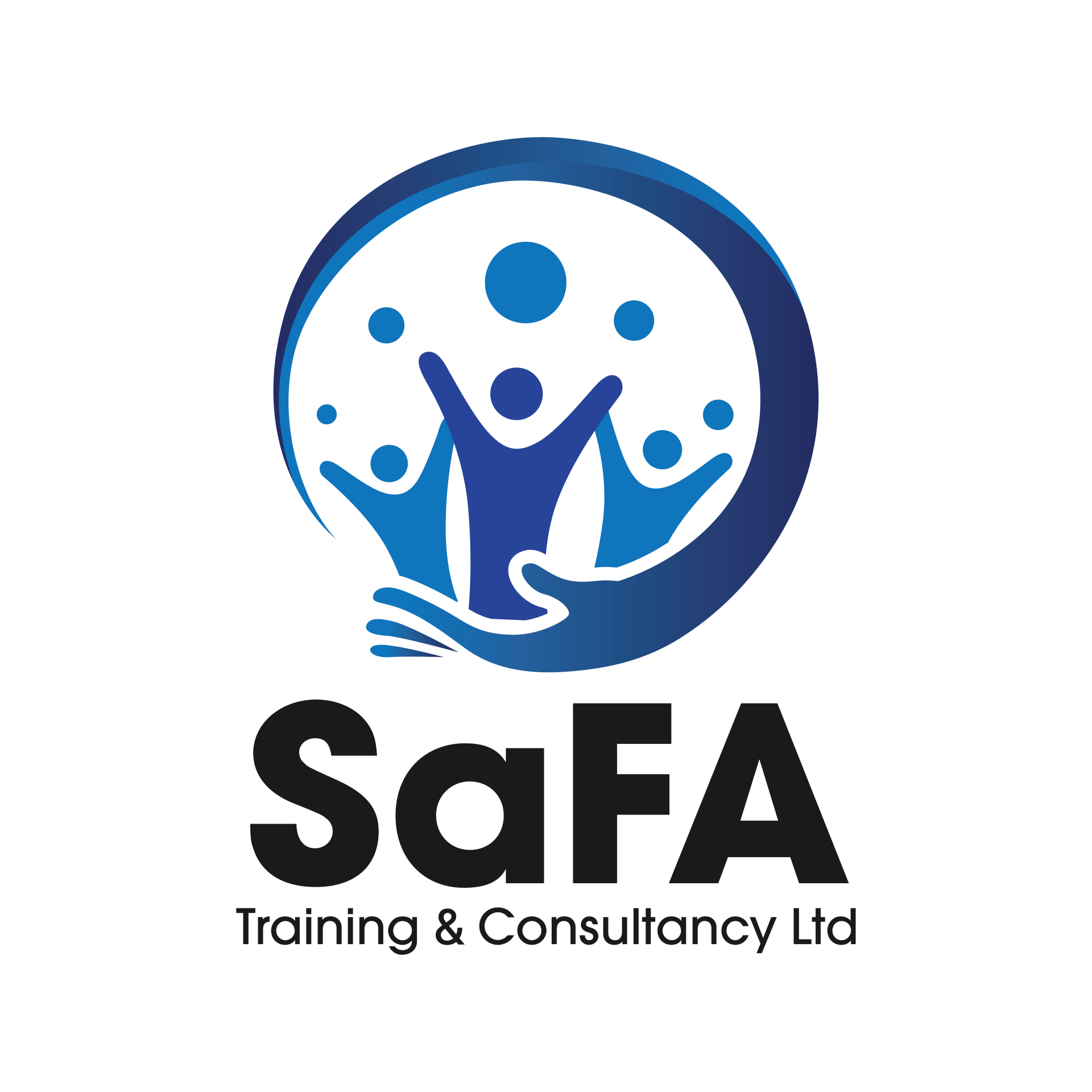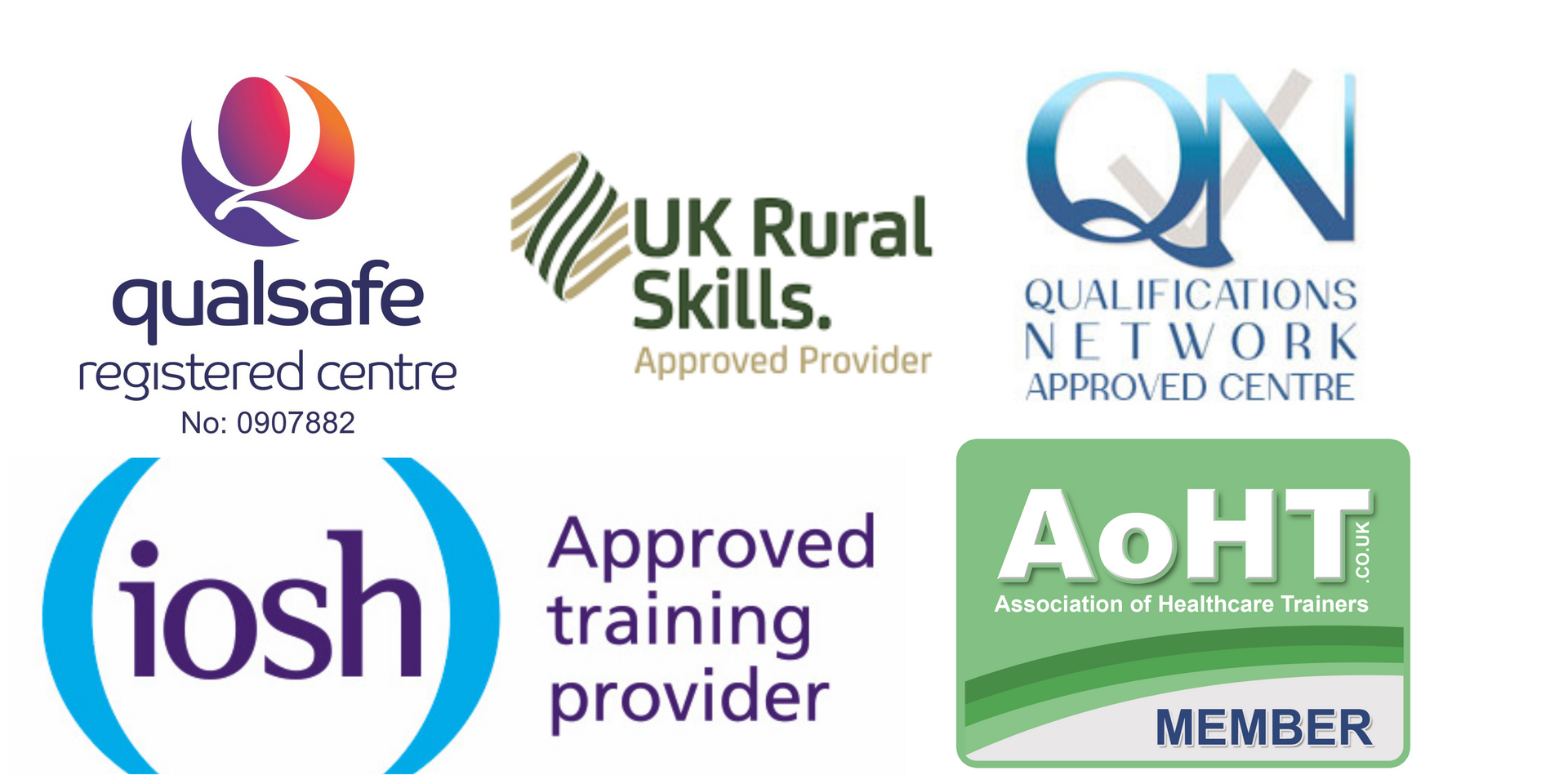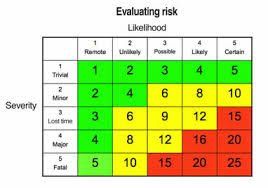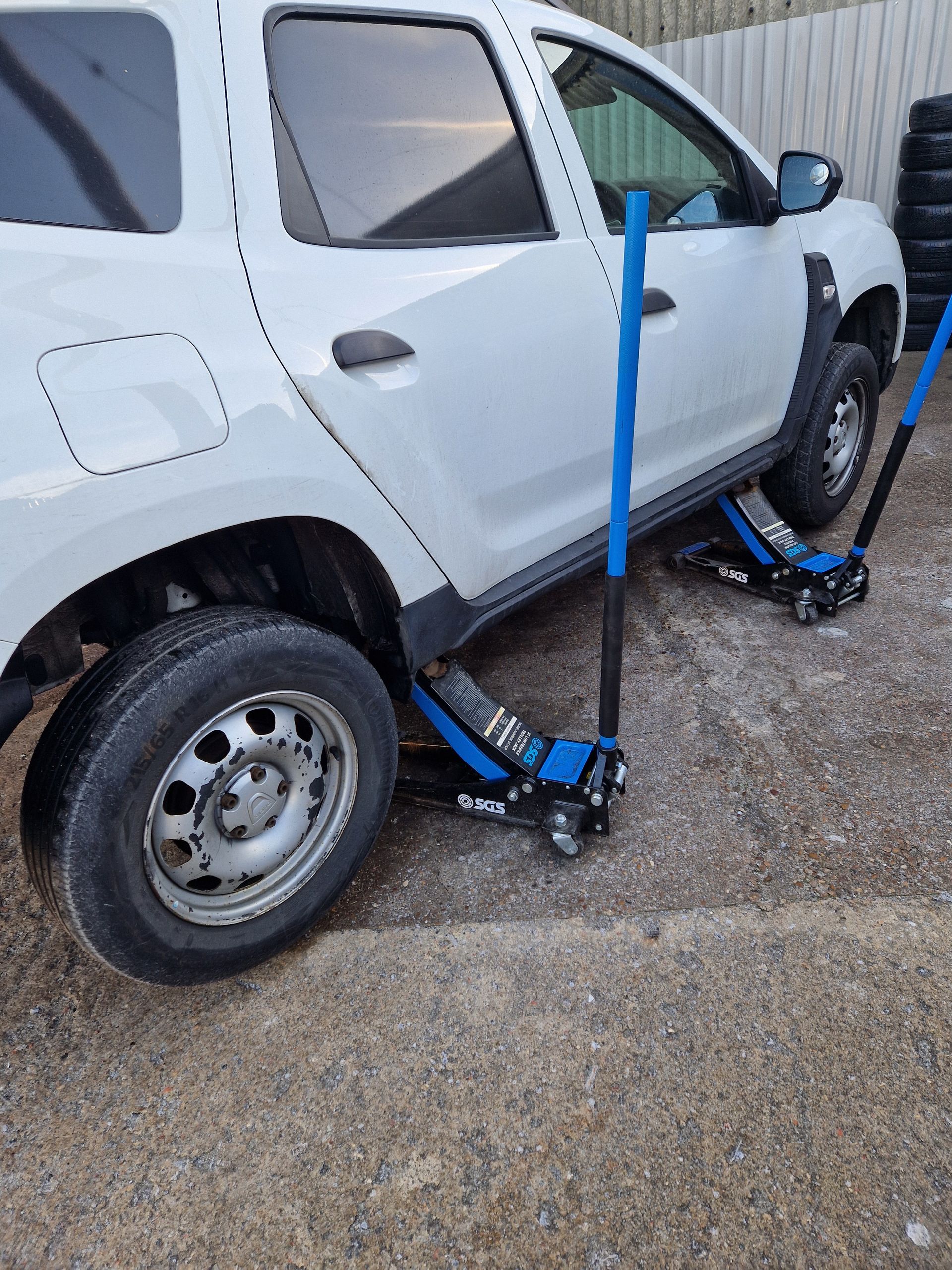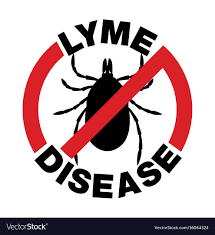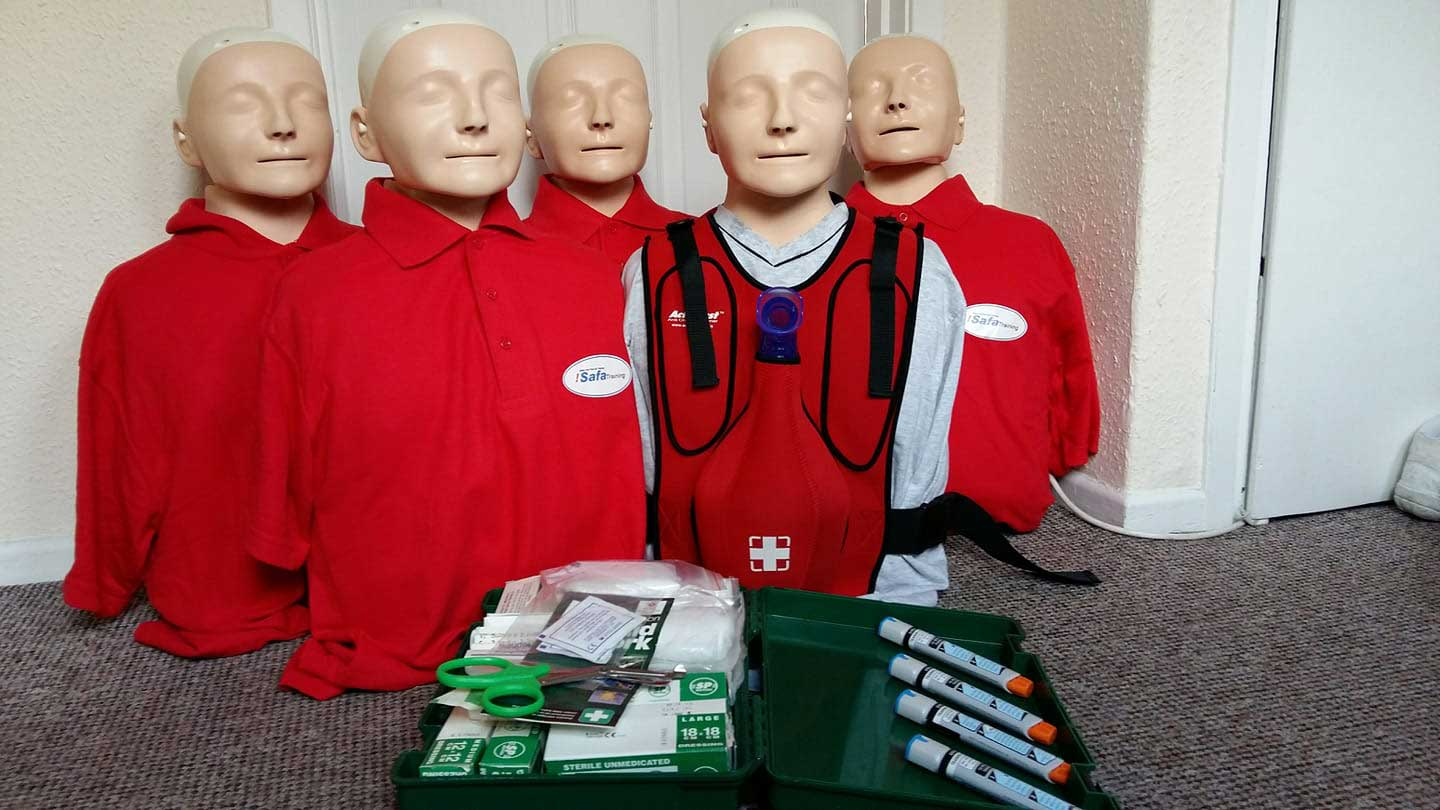How to Write a Risk Assessment
Making Risk Assessments Simple
When writing a risk assessment, it must cover 5 elements.
A way to remember this is to use the acronym
“IDERR”
- Identify the risks
- Decide who is at risk and how
- Evaluate the risk
- Record significant findings
- Review & Monitor
(I)
So first we need to identify all significant risks, we state significant because there will always be some risks that would present no injury or are so remote that they are likely to happen once every few years etc, and only cause minor injury. So for this purpose insignificant risks can be left out.
The best way to identify the risks is to talk to the person who does the task, observe them work and see if any risks present themselves; these could be risk to the operator or to people passing by.
The best thing about involving the person who does the task is they are much more likely to follow the findings of the risk assessment if they had some input into writing it.
(D)
Next we need to decide who is at risk from the task and how they will be harmed, this may have been picked up in the observation of the task, but again, talk to the operator, ask them who they think could come into contact with any risks the task poses.
(E)
Thirdly we need to evaluate the risk.
This is done by the probability of something going wrong x the severity of any injury.
The way I do this is, first I look at the severity, what sort of injury I would expect if something went wrong. This could be anywhere between a small cut and a fatality.
Next I look at the probability. How likely is this to go wrong taking into account all the precautions that are in place to try to prevent this?
Some people choose to record the risk before precautions and also after precautions.
Next I use a simple 5 x 5 chart as below to work out the risk.
Again some people prefer to use larger matrix’s i.e. 25 x 25 or larger. It is down to personal preference.
This gives a clear picture of the risk as High, Medium or Low
If the risk falls into the green area (low) then you don’t really need to do anything.
If the risk falls into the yellow area (medium) you may want to discuss any ideas with the operator / managers etc to see if there is a way to move the risk into the low bracket.
Any risk that falls into the red area (high) must be considered a potential danger and precautions must be put into place immediately to bring it at least into the medium bracket.
(R)
With the first “R” we need to record all significant findings. This is called your risk assessment.
(R)
The last “R” actually stands for monitor and review.
We need to set up a review date, but also we must monitor the assessment and ensure it is being followed and is "fit for purpose"
The monitoring can be done using task audits done frequently.
All risk assessments should be reviewed at least annually but if the risk is medium or high you may wish to do this more frequently.
Regardless of your review date, the risk assessment must be reviewed after any accident.
SaFA Training & Consultancy Ltd can deliver on-site courses to train your staff in how write risk assessments

